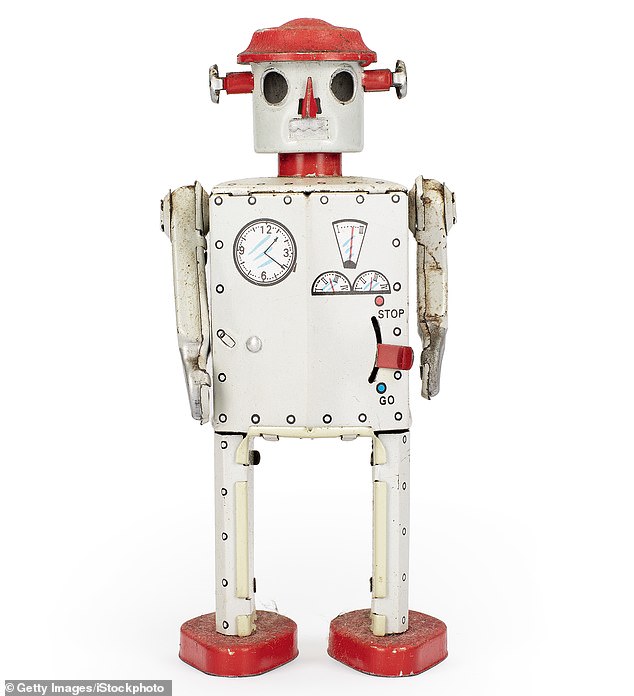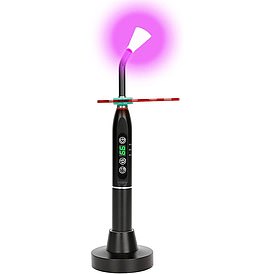Robots made of your own cells to repair your body
Small robots made from the body's own cells could provide a new way to repair damaged tissue and treat diseases.
This technology also offers the opportunity for patients to receive their own 'personal' robot to detect and repair any damage.
New research has found that microscopic 'antrobots' made with cells from an adult trachea can heal damaged brain tissue in the laboratory.
This discovery could lead to living robots being used to clear clogged arteries, repair faulty spinal cord and nerve damage to the retina at the back of the eye, and deliver drugs to specific parts of the body that are affected due to cancer or infection, according to the American researchers. .
Scientists are already exploring the use of miniature robots in healthcare, for example to perform colonoscopies, stop bleeding and diagnose and treat diseases. But so far it mainly concerns man-made robots that are programmed to move through the body and perform specific tasks.
Tiny robots made from the body's own cells could provide a new way to repair damaged tissue and treat disease (Stock Photo)
The new research suggests that similar small robots could also be made with human cells. This would have enormous benefits, as the body is unlikely to reject robots made with the patient's own cells.
To create the anthrobots – which simply means human robots – scientists at Tufts University in Massachusetts extracted cells from the surface of patients' trachea, or windpipes.
These cells were chosen because they contain cilia: small hair-like structures that move back and forth and trap dust and debris in the airways so they can be expelled from the body by coughing or clearing the throat. The idea is that the cilia can help the cells move.
The researchers wanted to see if these cells, when taken from their usual environment, could restart and find ways to perform new tasks in the body, such as seeking out and healing damaged tissue.
First, individual tracheal cells were allowed to grow and multiply in the laboratory for two weeks.
They were then transferred to another dish, under conditions that caused the cilia to face outward – rather than lying flat – so that they act like legs for movement.
The researchers were surprised to find that the ant robots – consisting of a few hundred cells – began moving around the petri dish within a few days, their cilia acting as oars.
There were different movement patterns: some cells moved in straight lines; others in close circles; some combined these movements or simply wobbled on the spot.
The researchers then added them to a layer of human nerve cells in a petri dish that had been scratched with a thin metal rod, creating a 'wound' or tissue damage.
The findings, published in the journal Advanced Science, showed that when placed in the damaged nerve cells, the ant robots went to work and clumped together to form a 'super bone' – and this stimulated the growth of new cells in the damaged area.
Within three days, researchers discovered that the damage had completely healed.
Exactly how these robots promote healing in human tissue isn't yet clear, but scientists say the anthro robots “could be personalized for each patient” to treat disease – with the idea that different cells in the patient can perform different functions.

New research has found that microscopic 'antrobots' made with cells from an adult trachea are able to heal damaged brain tissue in the laboratory (Stock Photo)
“It is fascinating and completely unexpected that normal tracheal cells, without altering their DNA, can move on their own and stimulate the growth of nerve cells in a damaged area,” said Michael Levin, professor of biology at the university.
'We now look at the mechanism and wonder what these structures can do.'
Once injected into the body and done their job, the ant robots die naturally after a few weeks and are absorbed by the body, the researchers said. And in the future, other functions could be added to the robots so that they can perform different tasks.
Dr. Meysam Keshavarz, a research fellow at Imperial College London who studies the use of micro-robots in medicine, described the findings as a “step towards personalized medicine”.
However, it may take “ten to fifteen years before it is available.”
He said: 'This is currently a proof of concept and in the early stages of development. However, the integration of human cells into microrobots could lead to more personalized medicine, as the patient's immune response would not be a problem.'

